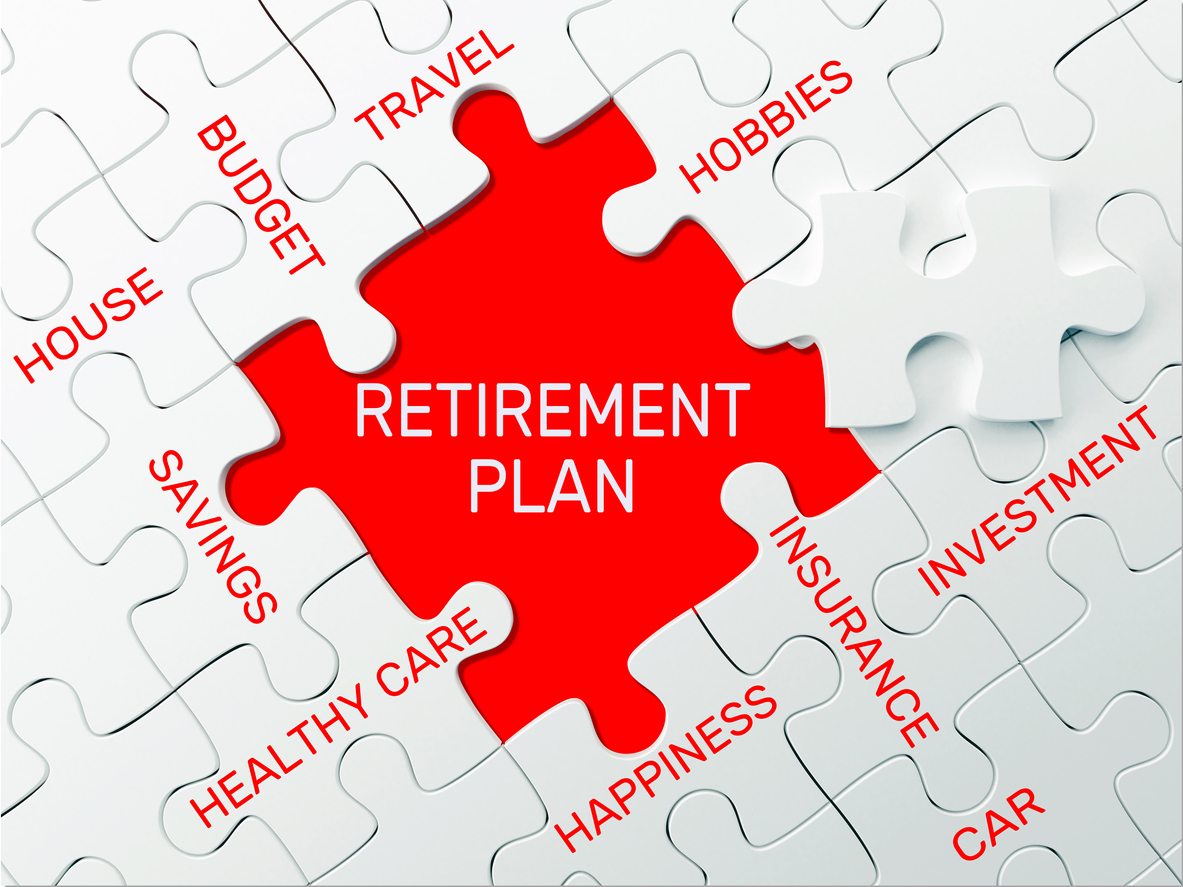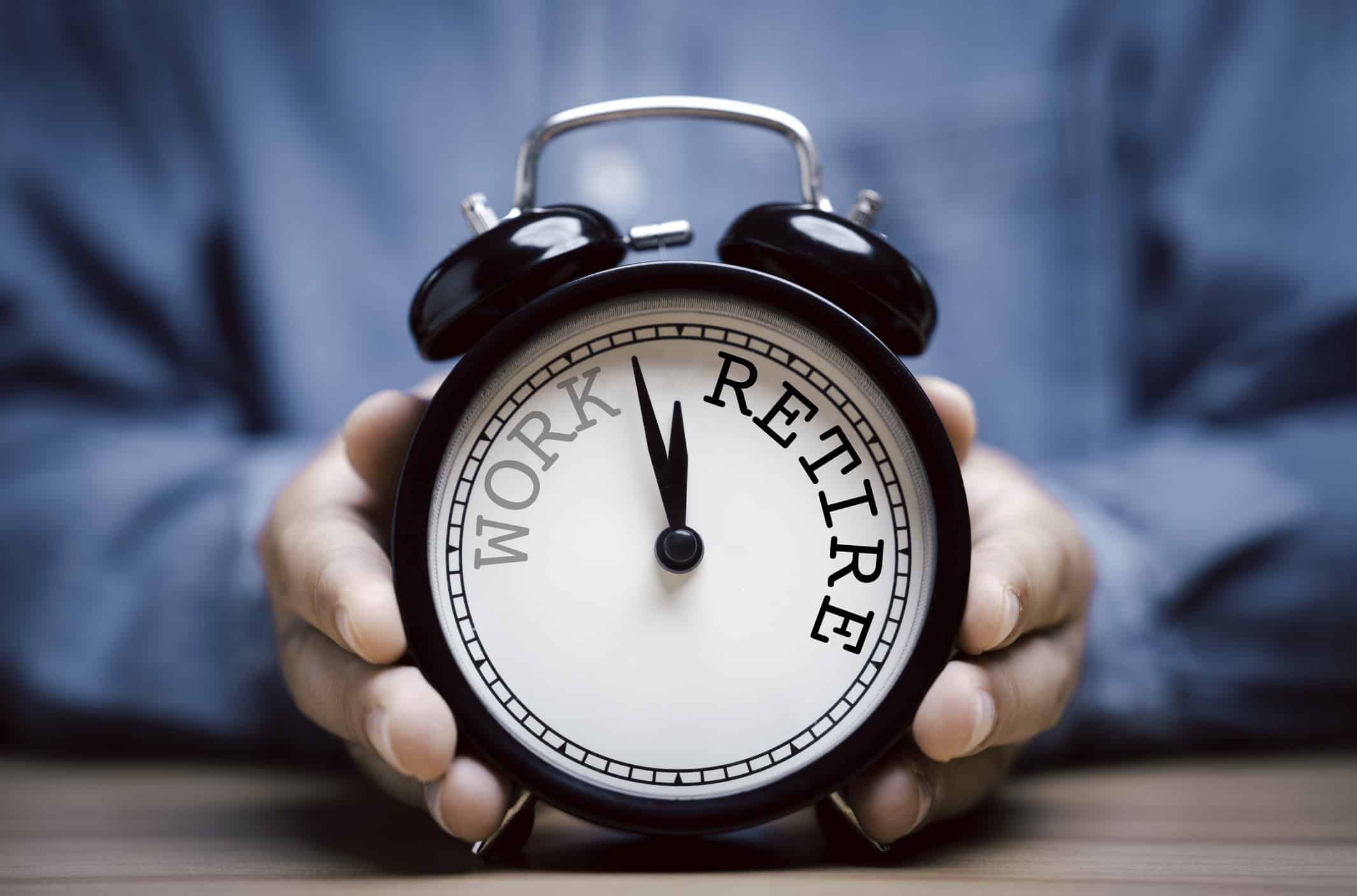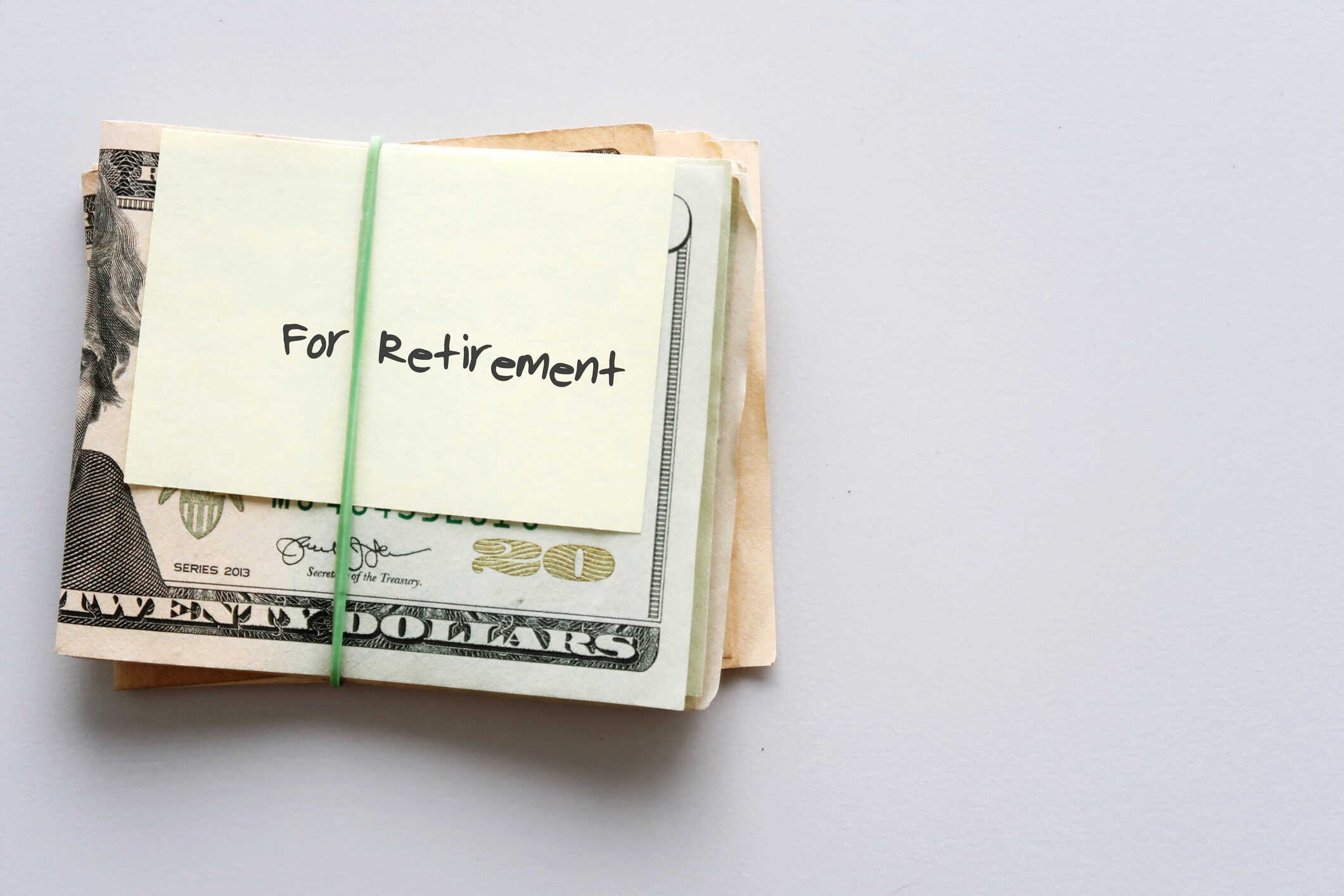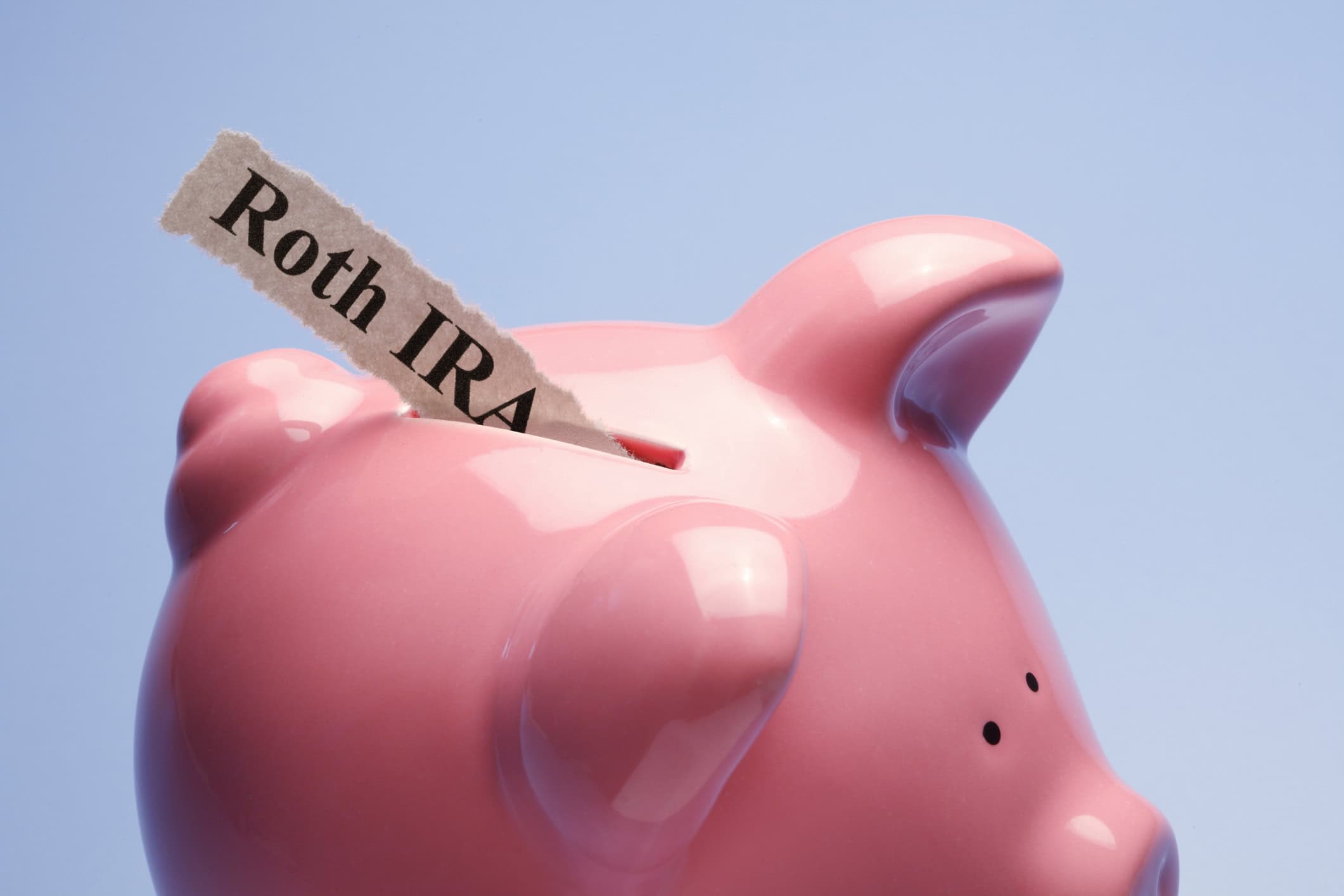
Retirement Planning for a New Paradigm
Are you thinking about retirement? There’s the good part – the travel, time with family, catching up with yourself, or achieving long-held dreams or goals. But then there’s worrying if you’ve saved enough and you’ll be able to afford the life you want. Retirement planning allows you to live the life you want.
In our new reality of volatile financial markets, higher interest rates, higher inflation, and ever-increasing medical costs, it can feel like retirement is even more complicated.
The good news is that you can do many things to make sure your retirement planning is on the right track. It’s not just about saving, although that’s a big part of it. Tailoring your plan to the environment we are in now and doing some thinking about your future can go a long way.
Take Advantage of the IRS Catch-Up Provision
Saving as much money as possible while you are working gives you the most flexibility later. With investing, time is on your side. The more you save now, the more potential investments have to provide returns in the future despite increased volatility. By taking advantage of the IRS catch-up provision that allows those aged 50 and up to contribute an additional $6,500 to a 401(k), you’re also lowering your taxable income in the year you make the contribution.
Social Security Is Predictable, Inflation-Adjusted Income and Some of it is Tax-Free
Getting the most out of social security means delaying as long as possible. The larger amount you are entitled to once you hit full retirement age (FRA) and beyond can be meaningful. The life expectancy of people retiring today has increased. The breakeven point is when those bigger checks outweigh the money you passed up before FRA is more attainable. The amount increases by 8% for every year you delay taking your benefits past FRA up until age 70.
Not all social security income is tax-free. It depends on your total income level, and up to 85% of social security may be subject to tax, but that 15% that is always tax-free can be a meaningful part of your income plan.
If you want to stop working before FRA but still want to delay social security. One way to do it is to use the funds in your tax-advantaged accounts. You’ll owe taxes on the amounts you withdraw, so withdrawing them when you don’t have other income will lower the tax bill. It will also lower the balance in these accounts. Which becomes important later when required minimum distributions begin at age 73. The lower your account balance, the less you are required to take out. This gives you more control over taxable income.
Avoid Sequence of Returns Risk
Planning when you will withdraw funds from your investment accounts isn’t just about minimizing taxes. The amount you have invested is sensitive to down markets, and when you withdraw in a down market, you crystalize the loss. This is true throughout your retirement, but it’s particularly important to avoid as much as possible in early retirement.
You need as long as possible for your money to grow to get you through multiple decades of retirement. Studies have shown that withdrawing funds in a bear market in early retirement can permanently reduce your principal. It can also impact the amount your investments grow. Liquidating assets when the portfolio is at a lower asset value due to a negative market means the smaller portfolio then has a more difficult time recovering.
With the current volatile market environment, it’s even more important to consider planning your retirement to mitigate this risk. Strategies can include asset allocation, time-bucketing retirement investments, and paying attention to the maturities of your bond investments to reduce interest rate risk.
Should You Rethink Your Retirement Housing Plan?
If you planned to sell the family home and purchase somewhere else, you might want to rethink for now. Housing prices are falling but are still historically very high. Mortgage rates are at the highest they’ve been in decades. Giving up a low-interest mortgage to buy somewhere else and financing the transaction with a new mortgage at higher rates might outweigh the tax or lifestyle benefits you were counting on.
There may be a compelling reason, like being closer to family and part of grandkids’ lives while they are young. Or being able to pursue a warm-weather hobby full-time. The additional expense doesn’t make it prohibitive – it’s just important to revisit the decision and look at it in the context of your entire plan.
Take a Close Look at Your Risk Profile
The old retirement standard was the 60/40 portfolio. It worked well – until it didn’t. Spiking inflation and a restrictive monetary policy from the Federal Reserve have erased the negative correlation between the equity and the bond markets – when one is down, the other is usually up. That hasn’t been the case, and we’ve seen historically bad performance from both markets.
This can make investors nervous and result in precipitous decisions to get out of the markets completely. This is usually a mistake. Markets recover over time, and staying invested is key so that you don’t miss out on the recovery when it arrives.
Be honest with yourself about your comfort level. Take action to ensure your investments mirror your preferred level of risk so you can remain invested through downturns.
Plan to Be Flexible
You may have set up a retirement date and plan that you think will work well. But for many people, retirement comes earlier than they expected. This could be due to layoffs, illness, family needs, or just simply deciding going to work every day is no longer serving your best interest.
Crafting a flexible planning strategy opens doors to early or delayed retirement options, providing you with greater control over your future.
The Bottom Line about Retirement Planning
Retirement planning in our new paradigm is more complicated. But there are tried and true ways to create a plan that will keep you on track.
Let Hennion & Walsh Offer a Second Opinion
Curious to learn more? Our unmatched client experience will give you peace of mind. Just as you may seek a second opinion about your health, we believe successful investors can gain value and peace of mind by getting a second opinion on their financial health. So, whether you’re worried about today’s uncertain economic environment or looking for increased peace of mind, we can help. Get a complimentary second opinion on all your investment accounts not held at Hennion & Walsh today!
Hennion & Walsh Experience
We have investment professionals, planners, and portfolio managers who can collectively analyze your situation through the lens of their respective disciplines. Each member brings valuable insights to apply to your situation. Whether you are looking for income strategy guidance or growth strategy guidance, a second opinion of all your investment accounts not currently held at Hennion & Walsh could be beneficial to your financial health.
Disclosures:
The content is not intended to be legal, tax or financial advice. Please consult a legal, tax or financial professional for information specific to your individual situation.
This commentary is not a recommendation to buy or sell a specific security. Investing in bonds involves risk including possible loss of principal. Income may be subject to state, local, or federal alternative minimum tax. When interest rates rise, bond prices fall, and when interest rates fall, prices rise. Past performance is no guarantee of future results.




